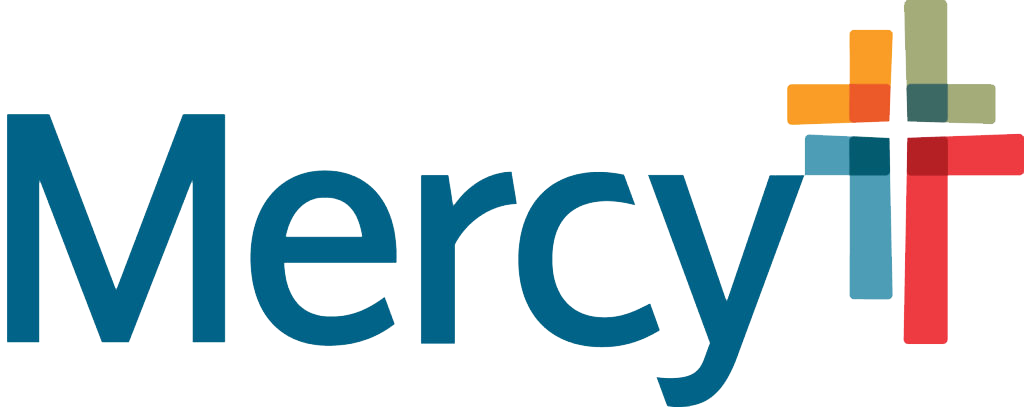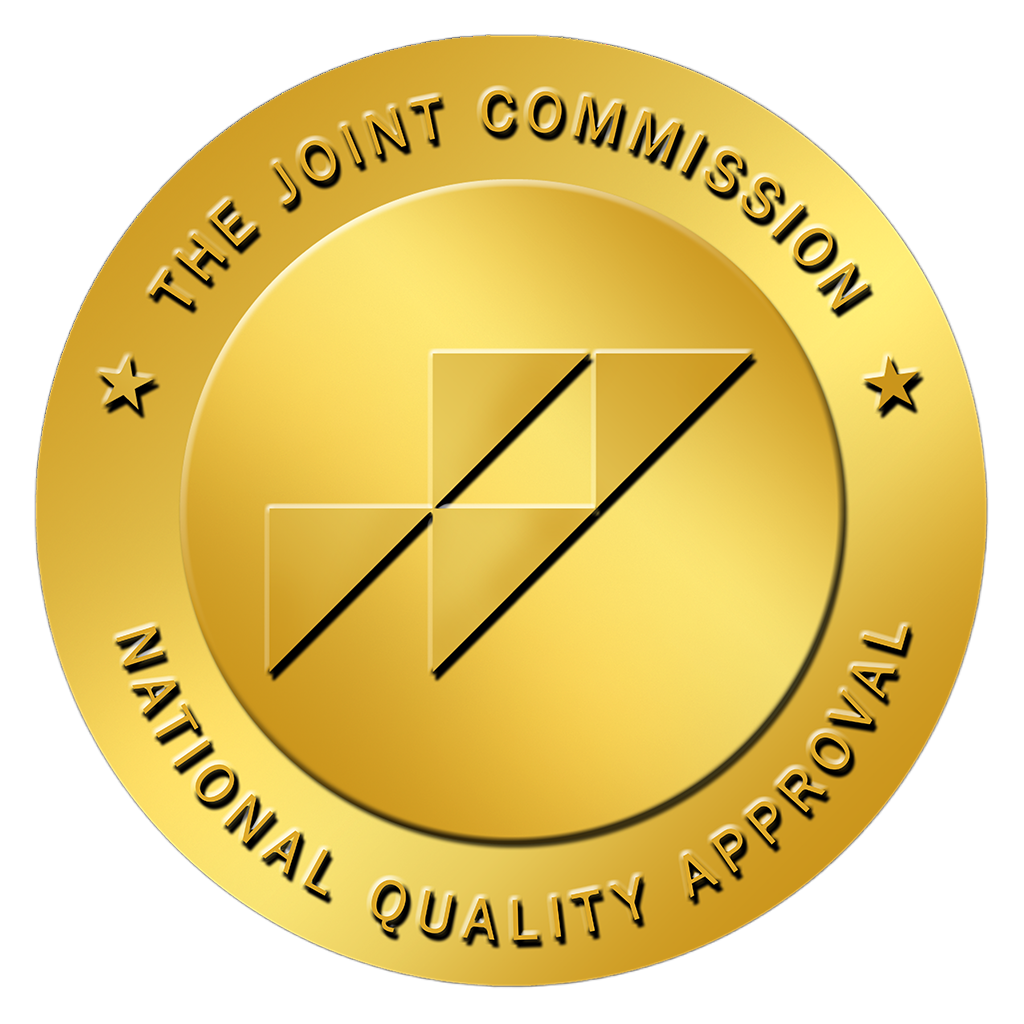
Three Years Result
✓ Decrease Premium And Incentive Spend
✓ Drive Workforce Efficiencies
✓ Attract And Retain Quality Talent

Goals
8% Improvement in Fill Rates
44% Reduction in Average Incentive Rates System Wide
Over $100M Savings in Premium Labor Spend

About Mercy
Top 25 Largest US Health Systems
55+ Hospital System
50,000+ Employees
20,000+ Caregivers
The combined team began by modernizing Mercy’s procurement of long-term agency labor with Works Flex, which allowed them to streamline burdensome legacy processes, driving workflow automation and refocusing the user experience on a critical but often overlooked stakeholder — the clinical hiring manager.
Mercy then implemented Works OnDemand to power autonomous open shift recruitment across their 40-hospital system to predict scheduling gaps in advance and intelligently recruit the best-fit clinician for every open shift. This enables Mercy to leverage a more flexible workforce (a combination of their core workforce, regional and local float pools, and internal gig nurses). Works then uses artificial intelligence (AI) to identify the appropriate incentive premium to offer to ensure an open shift is filled without overspending. Since launch, over 1,000,000 shifts have been filled across the 55 hospital system.
With more than 20,000 caregivers utilizing the “Mercy Works on Demand” flexible workforce program to pick up shifts and manage their workday more proactively, Mercy has saved over $100,000,000 dollars in premium labor costs, reduced administrative workload, nurse turnover, while supporting patient volumes and safe nurse staffing levels.









.jpg)




.jpg)




